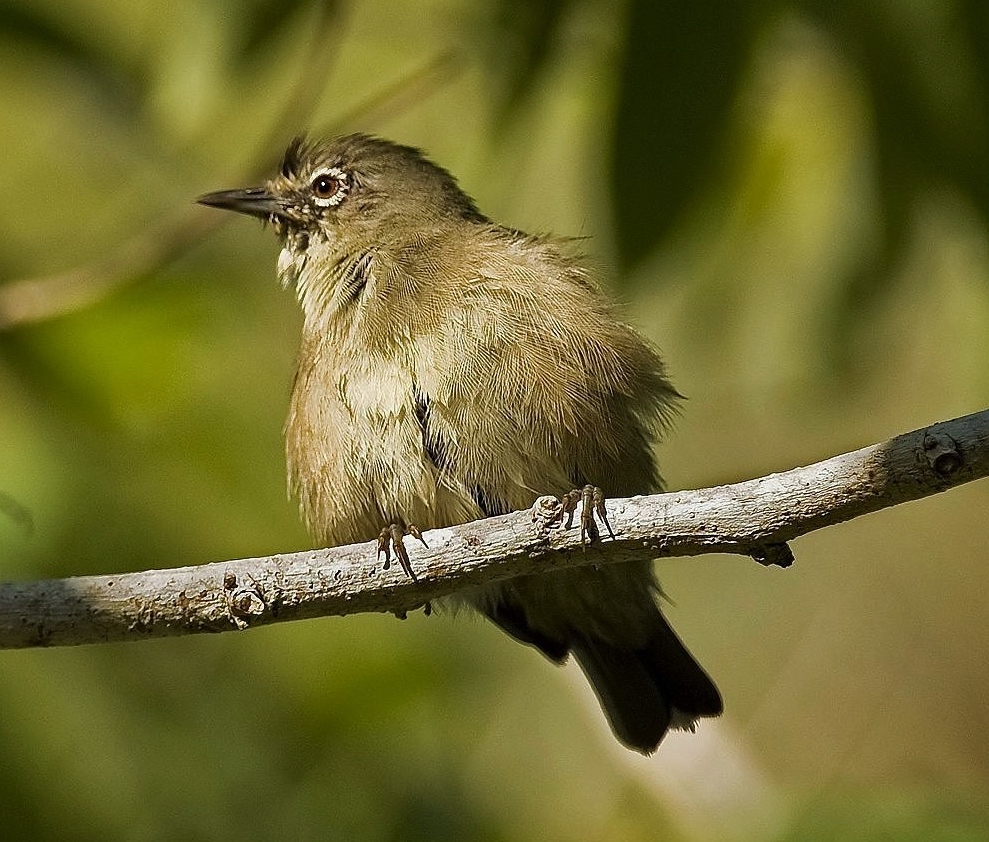 |
| Photo by Johann Mols (National Geographic) |
Common name:
Seychelles white-eye (en); olho-branco-das-Seychelles (pt); zostérops des Seychelles (fr); anteojitos de Seychelles (es); Mahé-brillenvogel (de)
Taxonomy:
Order Passeriformes
Family Zosteropidae
Range:
This species is endemic to Mahé, in the Seychelles archipelago, only being found in a few small patches in the centre and north of the island and in the offshore islet of Conception. In recent years some birds have been translocated and established small population on Frégate Island, North island and Cousine.
Size:
These bird are 10-11 cm long and weigh 8-10 g.
Habitat:
In Conception the Seychelles white-eye is found in dense tropical woodlands, while in Mahé they are mostly found in man-made habitats, such as farmland, urban areas, orchards and also along the edges of forests and scrublands.
Diet:
They feed mainly on insects, but also take berries and nectar.
Breeding:
Seychelles white-eyes breed in September-April. They nest on a small cup where the female lays 2-7 eggs. The eggs are incubated for 13-15 days and the chicks fledge 11-16 days after hatching.
Conservation:
IUCN status – EN (Endangered)
This species has an extremely small and fragmented breeding range, and the global population is estimated at just 50-250 individuals. The population is increasing moderately, especially in the offshore islands. The Seychelles white-eye nearly went extinct due to loss of native vegetation and invasion by alien plant species, as well as nest predation by introduced black rats Rattus rattus and common mynas Acridotheres tristis. Conservation actions have focused on the erradication of rats and restoration of native vegetation, as well as the translocation of individuals to rat-free islands, which successfully halted the population decline. However, this species is still threatened by fires, diseases and is very vulnerable to stochastic events due to the very small and fragmented range and population.







